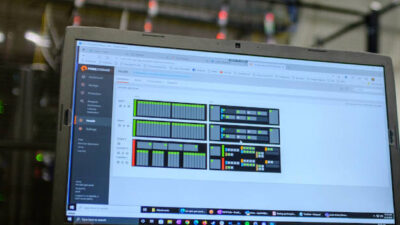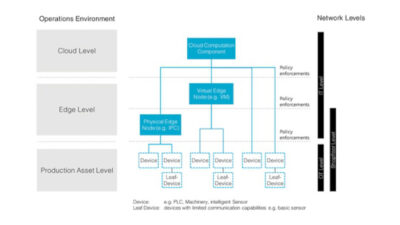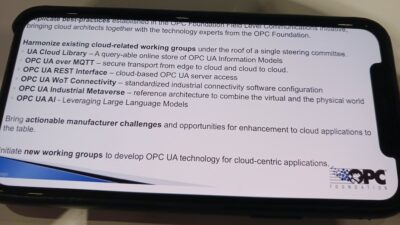What is edge computing and how can it help simplify, enhance and protect monitor and control systems, from HMI/SCADA to advanced applications? Learn more in a May 16 webcast, "How to achieve operational excellence in modern monitor and control with edge computing."
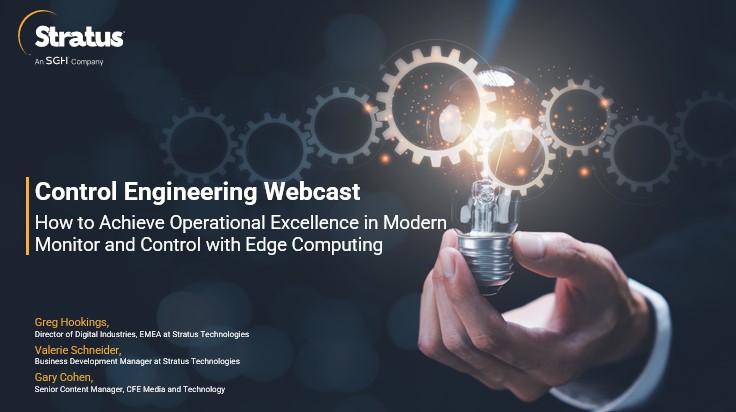
Learning Objectives
- Strategies for elevating your monitor and control applications through edge computing.
- Techniques to improve data collection and protection with edge computing.
- How to embed cybersecurity into monitor and control systems using edge computing.
- Guidance on future-proofing your monitor and control setup with edge computing.
Edge computing is a transformative cornerstone in modern monitor and control that is redefining operational efficiency and efficacy from edge to enterprise. It represents a pivotal shift in infrastructure that streamlines operations, elevates scalability and amplifies overall efficiency within operating environments.
Edge computing delivers significant advantages, including workload consolidation, while also protecting against downtime and data loss. This is especially critical for modern monitor and control solutions like human machine interface/supervisory control and data acquisition (HMI/SCADA) systems and advanced operational technology (OT) applications including manufacturing execution systems (MES), batching, asset performance and data collection processes.
Instructors for the May 16 Control Engineering webcast, “How to Achieve Operational Excellence in Modern Monitor and Control with Edge Computing,” expect to cover the following topics:
-
What is Edge Computing and how it’s consistent with the Purdue Model and the design and deployment of Modern Monitor and Control Systems.
-
Key Edge Computing benefits that will help simplify, enhance, and protect your Monitor and Control Systems, from HMI/SCADA to advanced applications.
-
What you need to know about Edge Computing solutions that you can use to make your Monitor and Control Systems perform better, faster, cheaper, and more secure.
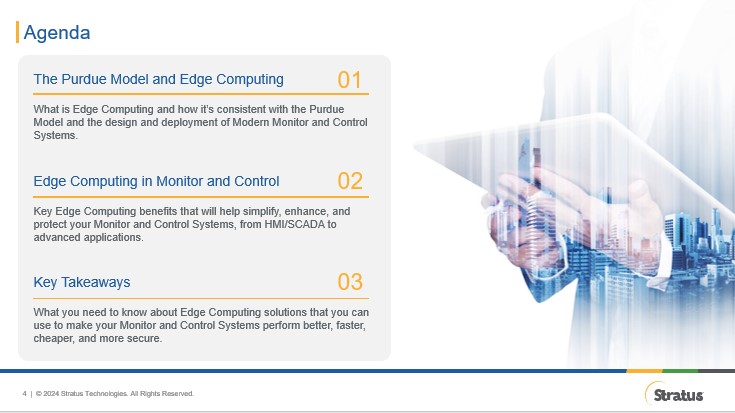
The webcast is archived for a year. Instructors for the course, for one RCEP professional development hour for those listening live, will be:
-
Greg Hookings, director of digital industries, EMEA, Stratus Technologies
-
Valerie Schneider, business development manager, manufacturing, Stratus Technologies
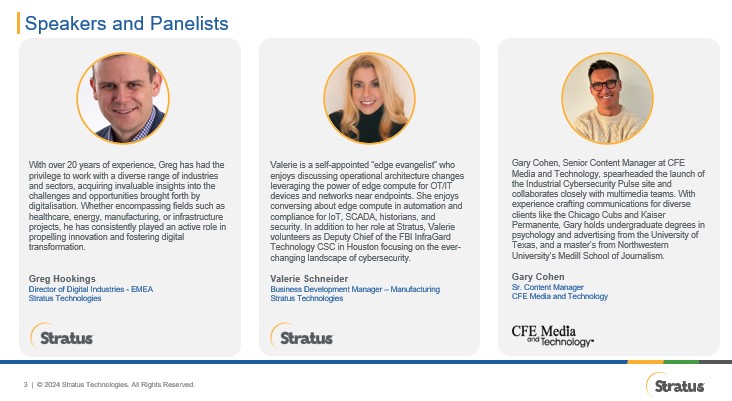
Valerie Schneider, business development manager, manufacturing, Stratus Technologies.
Courtesy: Control Engineering Webcasts
In notes for the webcast, Hookings discussed how data is the lifeblood of modern monitor and control.
“Data collection solutions in monitor and control offer the advantage of providing real-time insights, enabling informed decision-making, optimizing system performance, and enhancing operational efficiency,” Hookings said.
Edge computing can help ensure that you’re using data to its full potential, through data analytics, data acquisition and data trust.
“By investing in data analytics, data acquisition, and data trust, you can unleash the power of data in your smart manufacturing operation,” Hookings said. “This will help you to improve efficiency, reduce costs, and make better decisions.”
According to the webcast notes, edge computing can also contribute to the seamless integration of cybersecurity measures within modern monitor and control systems. According to Schneider, integrating cybersecurity into plant and facility systems remains challenging as operations become more digital and move to the edge, expanding the attack surface.
“Deploying and managing secure infrastructure is complex and expensive,” Schneider said. “The solution is a unified, pre-validated approach that integrates security and OT software into a single, always-on edge computing platform.”
Edge computing platforms can serve as the linchpin, integrating cybersecurity seamlessly into monitor and control systems, creating a cohesive, scalable, secure and downtime-free environment.
To hear more about how to achieve operational excellence in modern monitor and control with edge computing, register now for the Control Engineering webcast.
